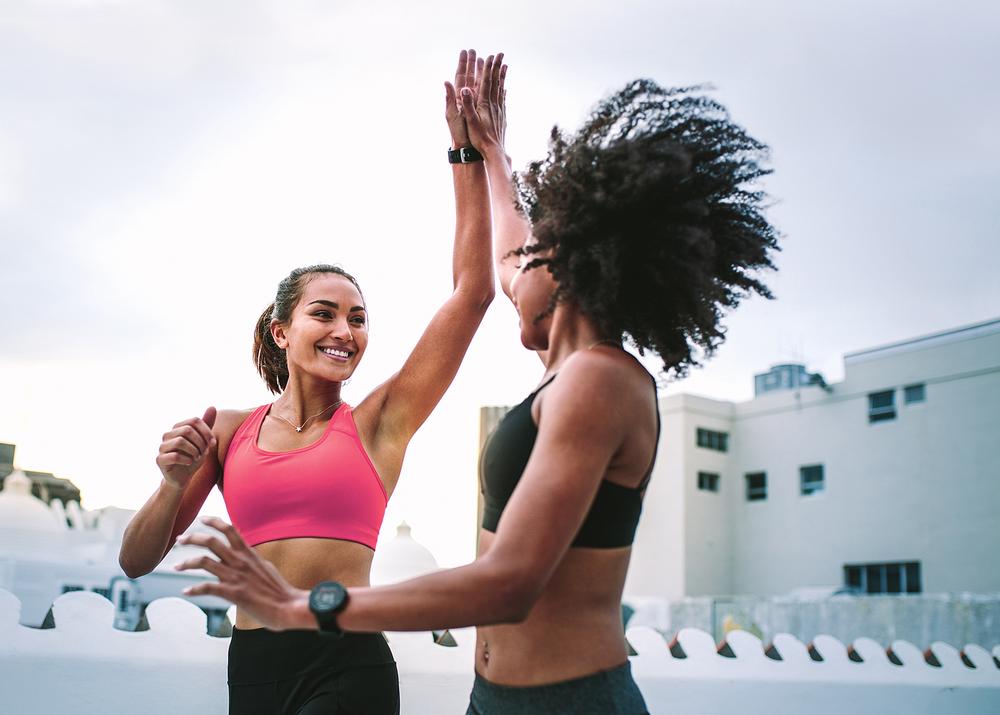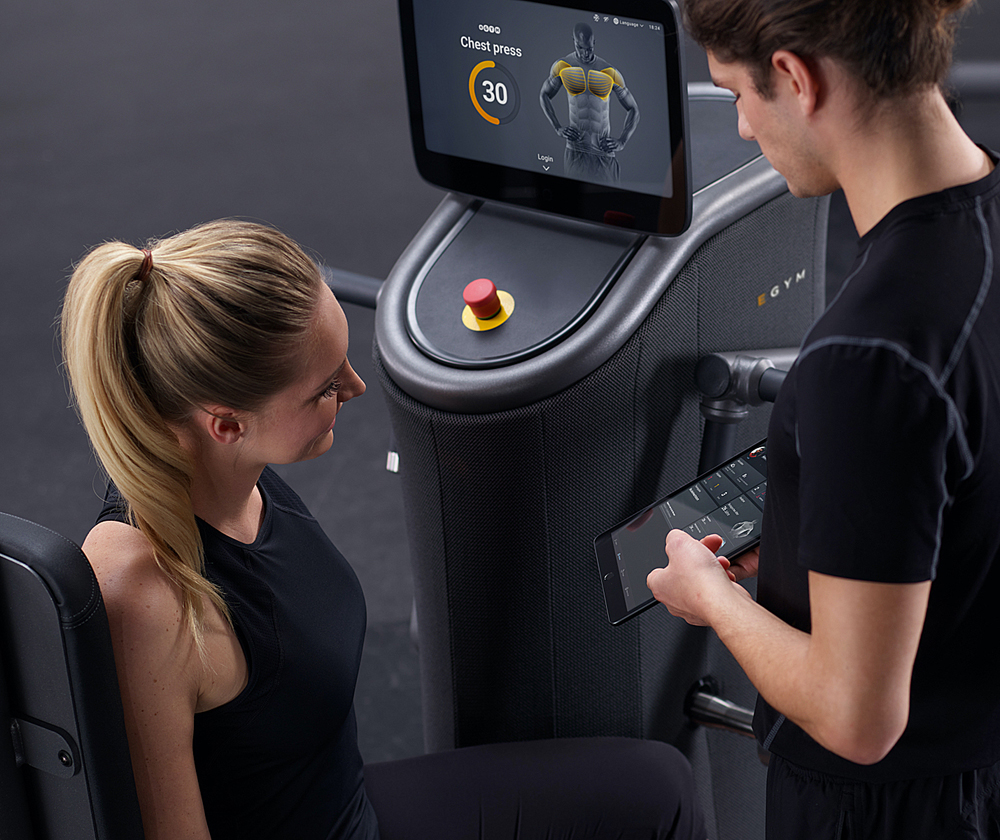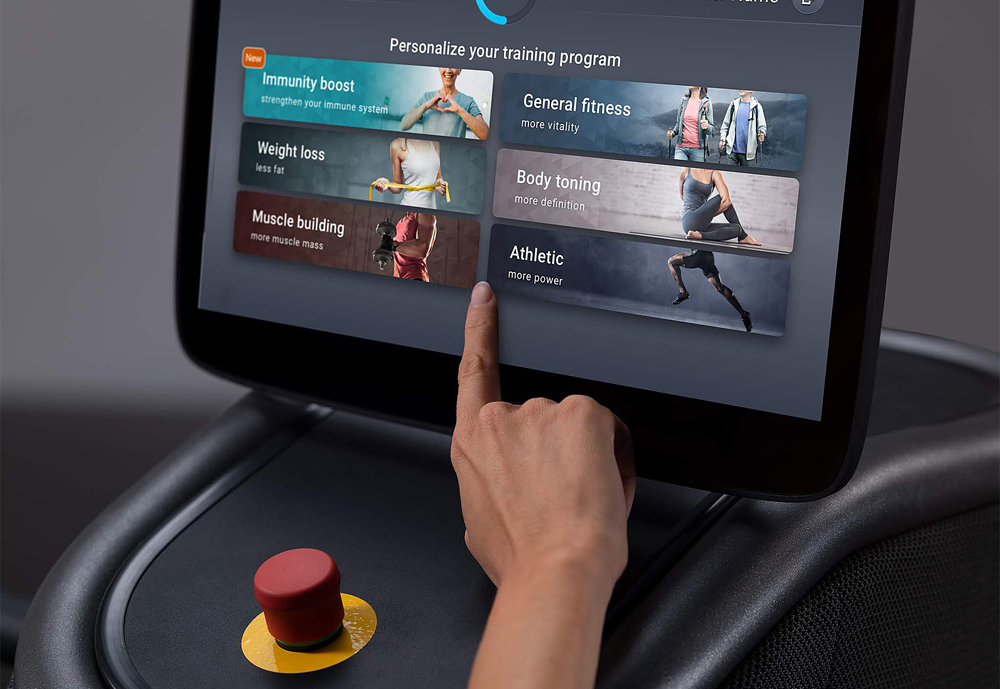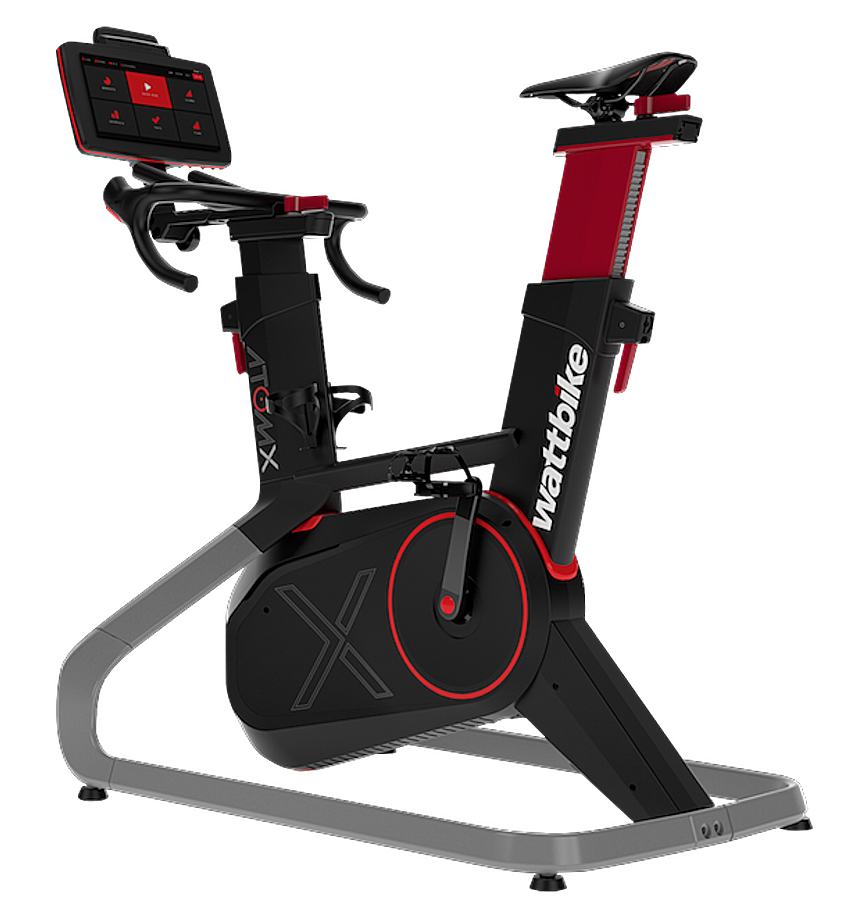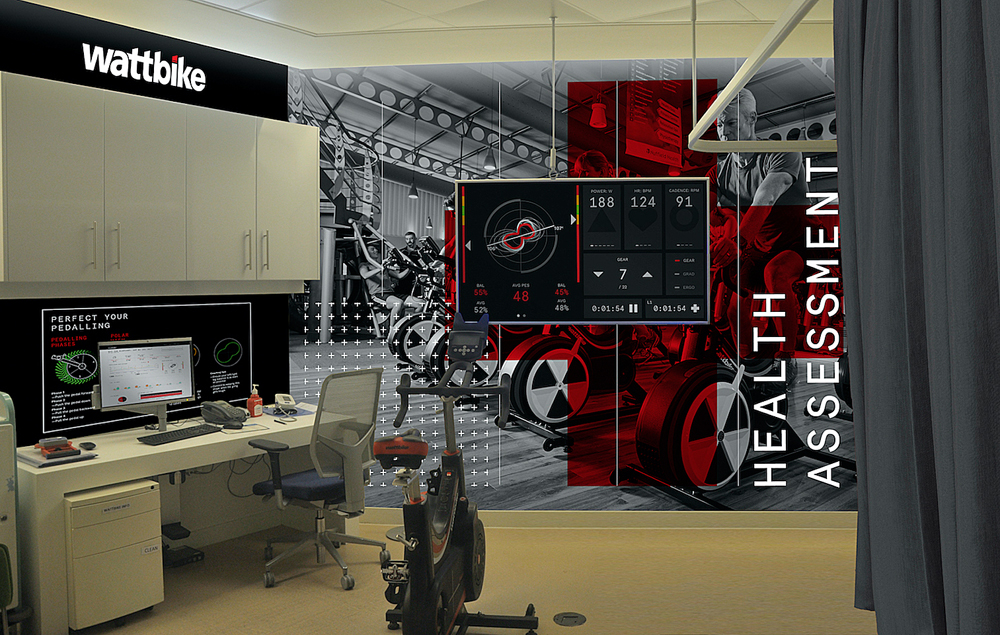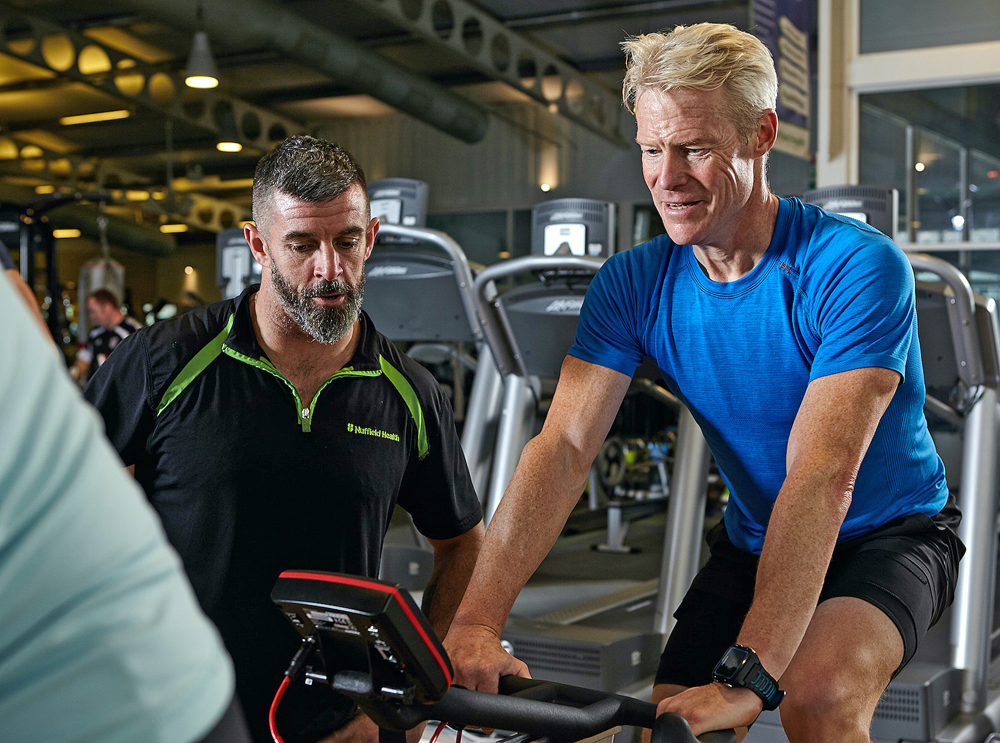If there’s a positive to be found in the COVID-19 pandemic, it surely must be society’s awakening as to the importance of staying healthy as a defence against illness, and the vital role exercise plays in this.
According to research collated by the NHS, exercise can reduce the risk of major illnesses by up to 50 per cent, and lower your risk of early death by 30 per cent. As people around the world went into lockdown, exercise suddenly became a daily habit, rather than a forgotten chore.
Now gyms around the world are reopening, two fitness equipment developers – EGYM and Wattbike – are directly addressing the question of how exercise can best be utilised to boost the body’s defences to disease.
Their solutions consider three main risk factors. Firstly, immunity declines with age. This could explain why Covid-19 has proved to be particularly dangerous to older adults. According to Dr Nir Barzilai, scientific director of the American Federation for Aging Research, vulnerability increases start around the age of 55, when natural killer cells that usually fight infections become less effective at destroying virus-infected cells.
Secondly, excess fat tissue increases inflammation. Obese or overweight individuals are almost twice as likely to die from COVID-19 and influenza. Thirdly, studies also show that patients who have type 2 diabetes or other metabolic syndromes are ten times more at risk of dying from COVID-19.
With an ageing population and a growing obesity epidemic, a high percentage of the population is extremely vulnerable to potentially life threatening infections such as, but not limited to, COVID-19.
“The pandemic has heightened awareness of immunology and the vulnerability of certain demographic groups to infection,” says Andreas Grabisch-Mikula, data and sports scientist, EGYM. “Long after COVID-19 has been controlled, the benefits of a strong immune system will remain.
“Through the application of training programmes based on scientific evidence, exercise can play a key role in the fight against infection for everyone, especially older adults, obese adults and those with underlying metabolic health conditions.”
Eddie Fletcher, Wattbike lead sport scientist agrees: “Sport and exercise science has always been the bedrock of everything we do. With the pandemic shining a light on the unhealthy state of the world, we decided it was time to explore the sometimes complicated relationship between exercise, the immune system, and medical conditions.”








